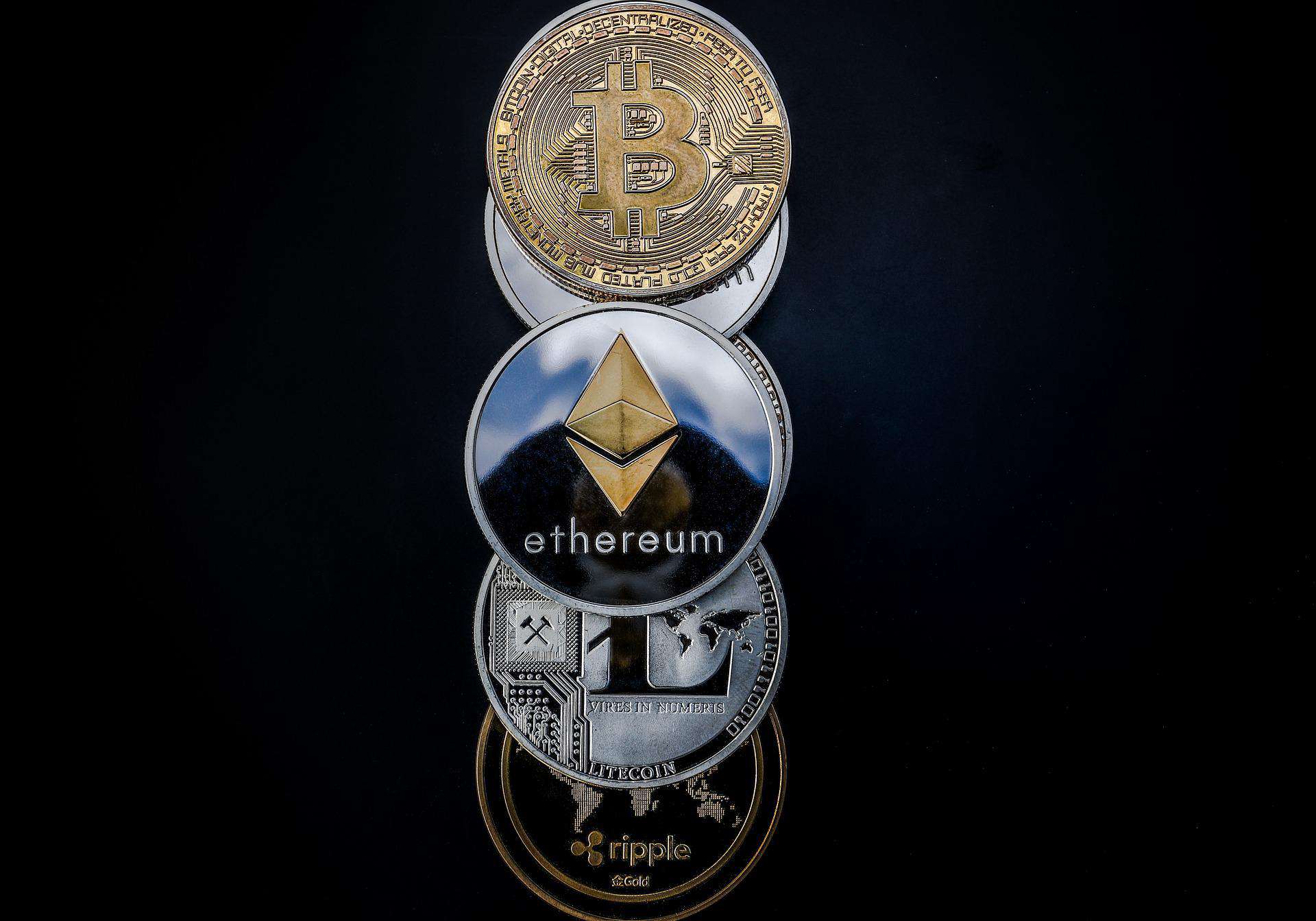Altcoins are far different from Bitcoin – they’re all other cryptocurrencies outside Bitcoin. Short for alternative coins – they’re essentially every crypto coin on the market, which was over 18,000 as of March 2022. At the top of the food chain are Bitcoin and Ethereum, worth $20,956.6 and $1072.15, respectively, at the time of writing. Ethereum is one of the most promising altcoins, especially now that it’s linked to NFTs and the metaverse. Still, it’s the 17,999 other altcoins that need to gain popularity to become a viable consideration for a payment option. Let’s explore how that might happen.
The Evolution Of Altcoins
The first altcoin entered the market two years after Bitcoin in 2011, called Litecoin. It transpires that Litecoin was to be the first of many thousands of altcoins to flood the market, all with different purposes but all of them with a similar composition to Bitcoin. They both share the same source code and operate on the same peer-to-peer systems, like Coinbase. In some instances, altcoins have attempted to become the next Bitcoin by providing a cheaper and more viable eCommerce method.
One of the glaringly obvious differences between altcoins and bitcoin is the uses and applications. Altcoins are designed to have multiple functions. Some coins are used solely for mining, others as stablecoins, some as security tokens, and others are nothing more than meme coins. But Bitcoin has the sole function of being a way for people to send money on the internet using a decentralized blockchain.
Why Bitcoin Is Already A Payment Option
Bitcoin is already a payment option because it was created to be just that.
Alternative payment methods have become increasingly popular in recent years. The migration of transactions from physical to online was inevitable. The use of prepaid digital cards and digital wallets online at online casinos like Dunder, local vinyl vendors, and leading high-street retailers like Zara is now common., and widespread. The use of digital solutions in physical stores remains on the rise too.
Still, it took many years for Bitcoin to actually become a payment option in the real world, as it were, with brands like Lush, Etsy, and Dunder allowing shoppers or players to spend using Bitcoin. How did Bitcoin get there? Through trust and evolution. The value of Bitcoin is relatively stable against the dollar compared to many of the altcoins, and it comes with cheaper transaction fees that appeal to vendors and sellers.
People now trust that Bitcoin is stable enough to become a viable payment option, with fluctuations in value only ever being small and the ability to trade Bitcoin into dollars being easy.
What Do Altcoins Need To Do To Catch Up?
Altcoins have a lot to do to catch up in the sense that the value isn’t as trusted, and some altcoins are generally not suitable to be a viable payment method for sellers to accept. For example, the meme coin Dogecoin, although it’s now gaining value, is still regarded as a coin with no real-world value and holds little value in the crypto world. The value of altcoins varies dramatically, making it more of a risk for sellers to accept it as a payment option, as within the timeframe of completing a transaction, an altcoin could lose half of its value.
The only coin making real-world progress is Ethereum, although its progress is now more notable in the digital world with NFTs and the metaverse. At present, altcoins have more uses for trading and investment than a real-world payment option.
Altcoins are intriguing. They have multiple uses and functions that appeal to investors, and there’s no denying that the use of altcoins is expanding as more investors dive into the altcoin investment world. But there’s also no denying that most altcoins aren’t likely to become an accepted payment method anytime soon.

